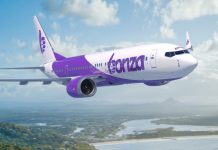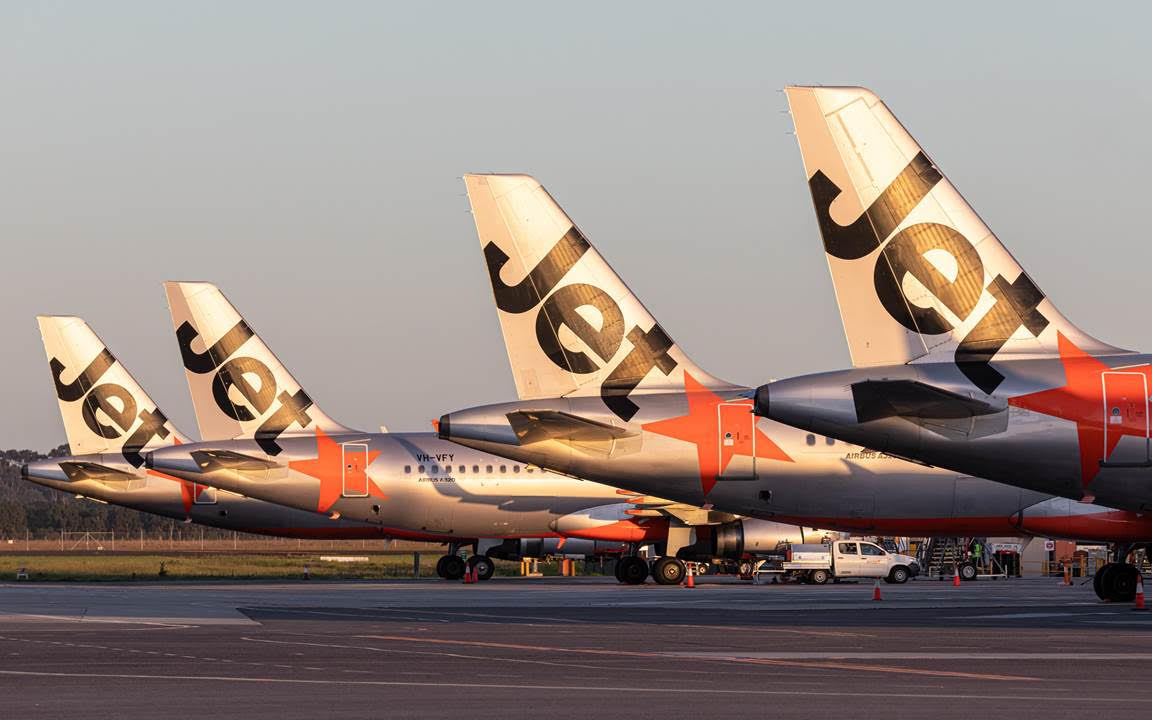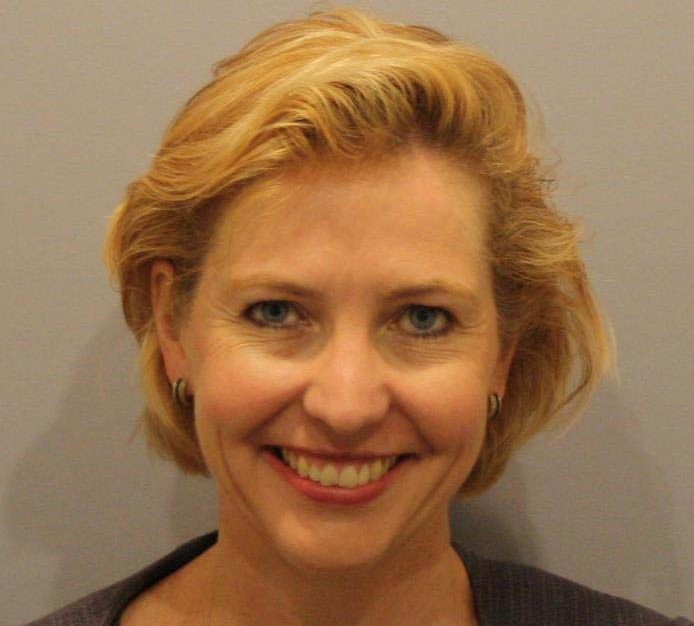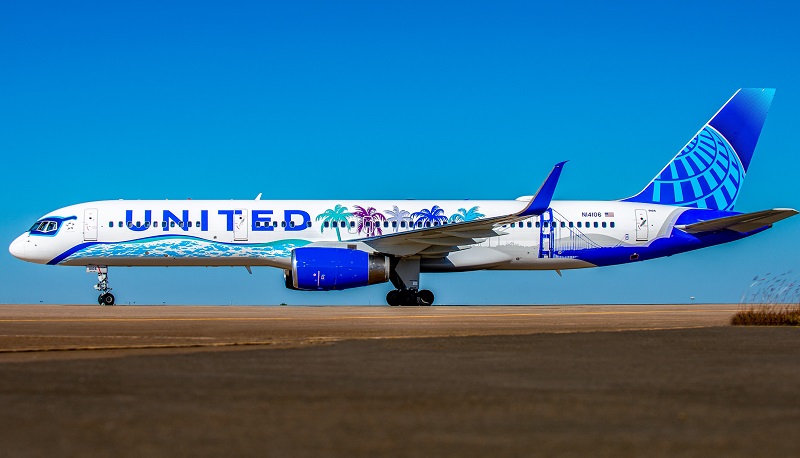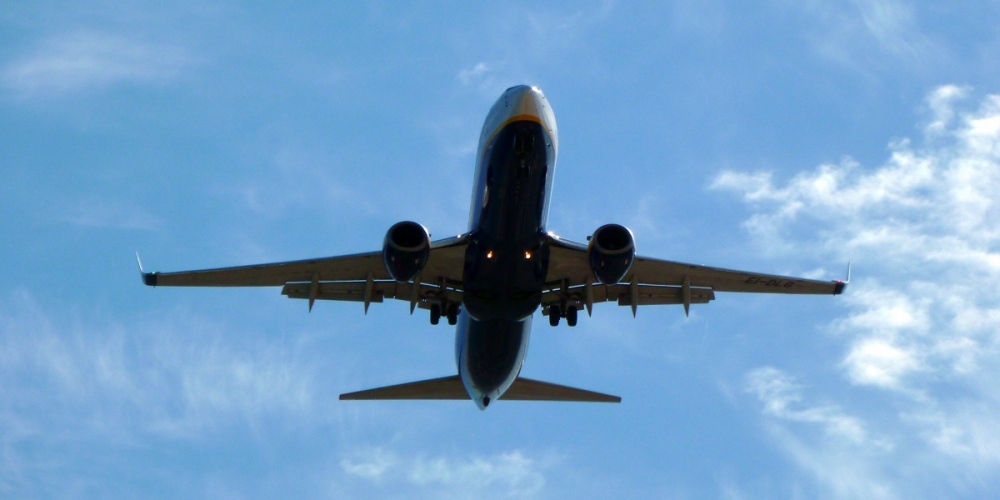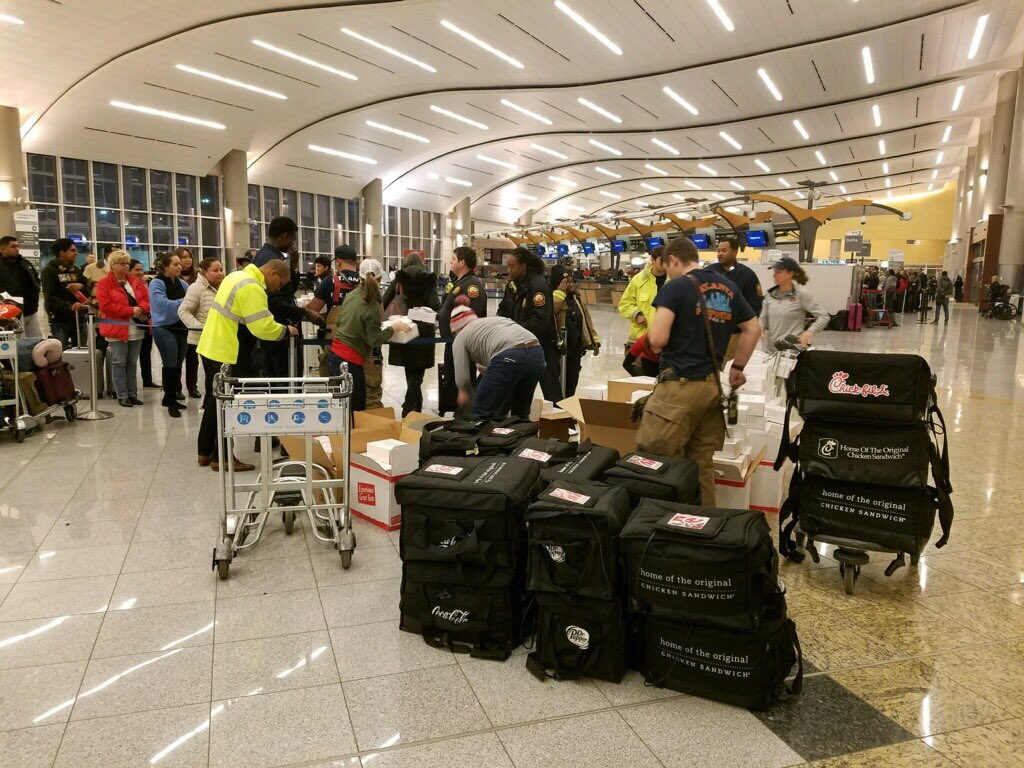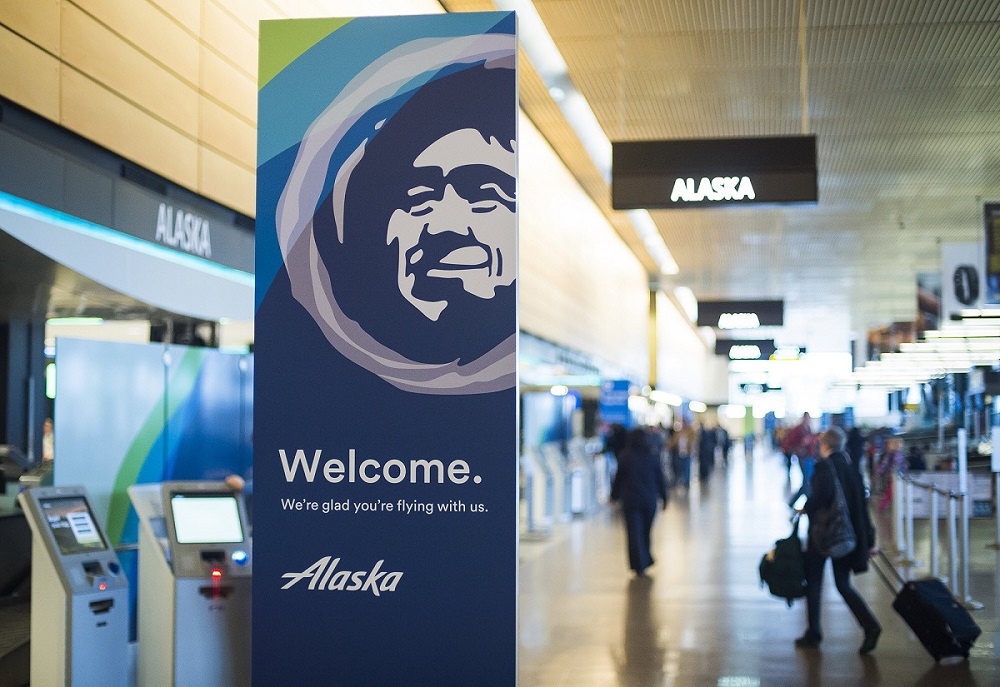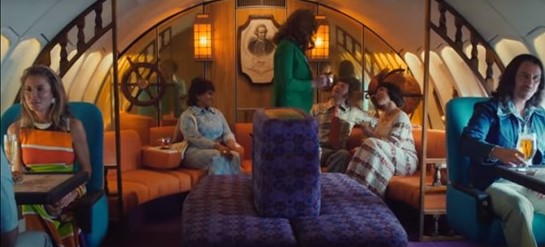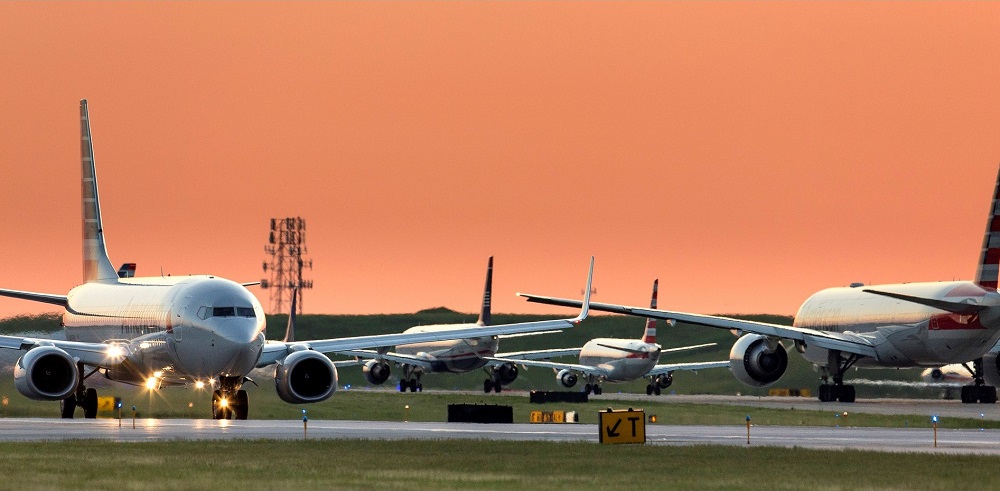Australians looking to take advantage of government-subsidized half-price fares have been advised to move quickly or lose out.
Federal ministers over the weekend revealed that 600,000 of the 800,000 of the subsidized tickets have been snapped up in the three weeks since their release.
READ: Jumbo stratocruiser of the 50s was a mechanical nightmare
“More than 75 percent of our half-priced tickets have been sold and the rest will go like hot cakes,” Trade Minister Dan Tehan said in a joint statement with Deputy Prime Minister Michael McCormack.
“My message to Australians is: take advantage of this opportunity to book a cheap holiday through your travel agent and when you’re on holiday spend on a tourist activity and a night out to support tourism jobs and business.
“For every dollar spent on a flight ten more will be spent on the ground and from speaking to so many people in the tourism industry, I know this program has made a difference.
“The tourism industry is central to our National Economic Recovery Plan and, as we have done right throughout the pandemic, we will continue to make the necessary investments to support jobs across Australia.”
Airlines and travel agents are reporting there is strong pent-up demand for travel and government statistics show fares are low as carriers launch competing fare sales.
Statistics for April show business, restricted economy and discount fares are significantly lower than they have been for some years, with discount fares at just 57.4 percent of a 2003 benchmark.
This reflects the fact that airlines, keen to get idle planes back in the air and fill seats to boost revenue, have launched a flurry of sales.
Virgin Australia on Monday announced it was offering fares to Melbourne from $A75 one-way as part of a sale extending to May 3 while Jetstar offered tickets in a sale ending Monday for as little as $35 one-way, including $49 on Sydney-Melbourne.
A new competitor in the mainline market, Rex, is also a factor.
On the downside are events such as Perth’s snap lockdown over the weekend after a man contracted COVID in a quarantine hotel. The Victorian government declared Perth and the Peel region as red zones after the man spent five days in Perth before flying home to Melbourne.
The aviation and travel industries say travelers need certainty they will not be hit by unexpected lockdowns and are urging governments to take steps to end them.
And could there be more subsidized tickets on their way?
Intriguingly, the ministers’ statement ends with the observation; “As we have done with every measure introduced throughout the pandemic, the Federal Government will continue to review this program, including routes and ticket numbers.”


